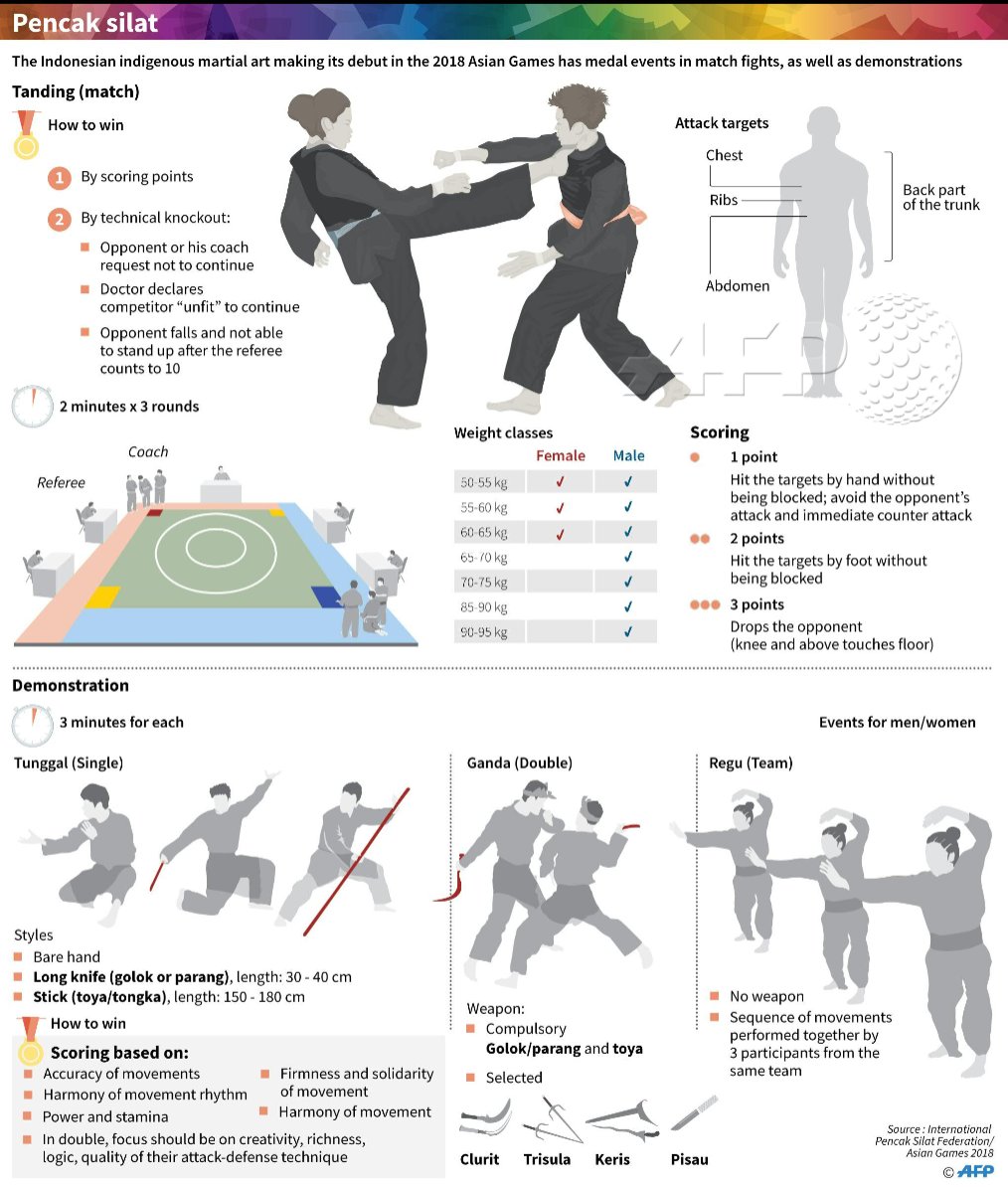Demystifying The Different Martial Arts Styles: From Martial Arts To Taekwondo
Demystifying The Different Martial Arts Styles: From Martial Arts To Taekwondo
Blog Article
Web Content Writer-Osman Haastrup
Are you tired of sensation overwhelmed by the vast globe of martial arts? With many designs to pick from, it can be very easy to get shed in a sea of strikes, kicks, and mysterious names. Yet fear not!
https://dantewdkqx.luwebs.com/33906966/embarking-on-the-trip-to-martial-arts-proficiency-a-guide-to-progressing-via-the-belts will certainly demystify the different fighting styles designs, taking you on a trip from the powerful strikes of Martial arts to the dynamic kicks of Taekwondo. Prepare yourself to uncover the beginnings, techniques, and philosophies behind these ancient art types.
So, tighten your belt and prepare to start an informing exploration right into the fascinating globe of martial arts.
Beginnings of Martial Arts Styles
The beginnings of fighting styles styles can be traced back to old civilizations and their demand for self-defense and combat techniques. Throughout background, various cultures created their own one-of-a-kind methods of battling, each with its very own set of strategies and ideologies.
In China, as an example, martial arts styles such as Kung Fu and Tai Chi were established as a way of self-defense and boosting physical and psychological wellness.
In https://people.com/sports/who-is-joaquim-valente-gisele-bundchen/ , the samurai warriors developed styles like Karate and Judo, concentrating on self-control, accuracy, and mastery of the body.
In a similar way, in Korea, Taekwondo became a martial art emphasizing high kicks, rapid activities, and psychological perseverance.
These early people laid the foundation for the diverse array of martial arts styles that exist today, each with its very own abundant history and cultural relevance.
Methods and Training Techniques
To understand fighting styles styles, experts have to find out various methods and training methods.
Strategies are the particular motions and actions used in combat, such as strikes, kicks, throws, and blocks. Various fighting styles designs have their own unique collection of methods that practitioners have to understand via extensive training.
Training techniques differ depending upon the style, yet they usually include a mix of physical fitness, drills, competing, and types.
Physical conditioning is essential to develop stamina, adaptability, and endurance. Drills help practitioners improve their techniques and boost their rate and accuracy.
Sparring enables practitioners to practice their methods in a managed, realistic setting. Forms, likewise called kata, are deliberate series of motions that help professionals develop muscular tissue memory and focus.
Viewpoints and Concepts
Exploring the viewpoints and concepts of martial arts styles can supply you with a much deeper understanding of your chosen self-control. Each martial art has its very own unique philosophy and collection of assisting concepts that shape the means it's practiced.
As an example, Martial arts stresses discipline, respect, and self-control. It shows specialists to focus their minds and bodies, allowing them to defend themselves while preserving a feeling of internal tranquility.
On the other hand, Taekwondo positions a solid emphasis on speed, agility, and adaptability. Its concepts are rooted in the tenets of courtesy, stability, determination, self-constraint, and resolute spirit.
Verdict
Now that you've discovered the origins, techniques, and viewpoints of numerous martial arts designs, you have a much deeper understanding of these ancient self-controls.
Visualize a young karate trainee, practicing with undeviating resolution and focus, breaking through boards with an effective punch.
Their journey showcases the devotion and toughness needed to understand a fighting style, advising us that with self-control and perseverance, anything is possible.
